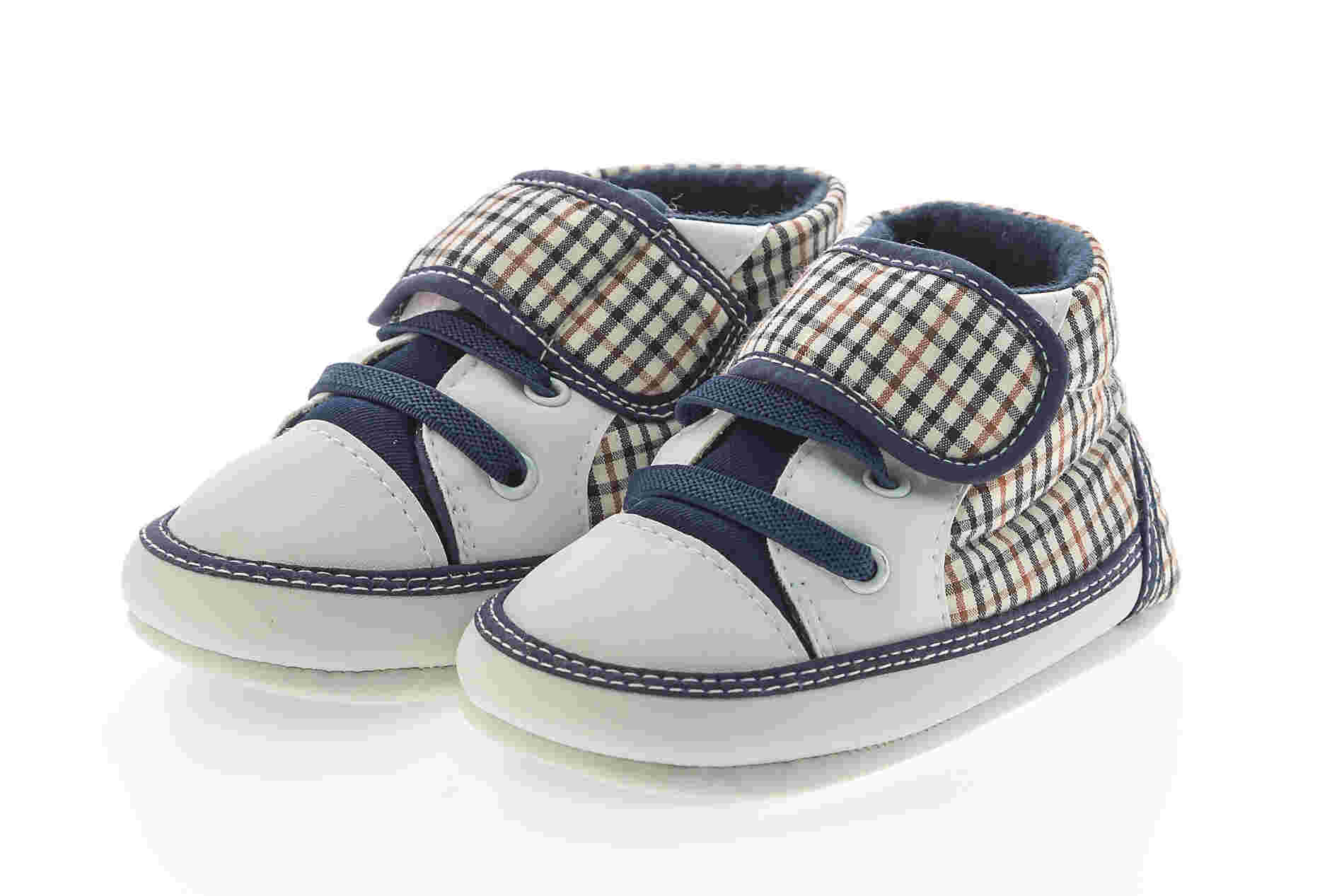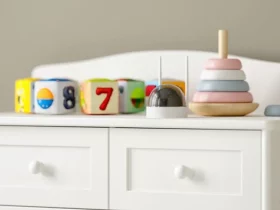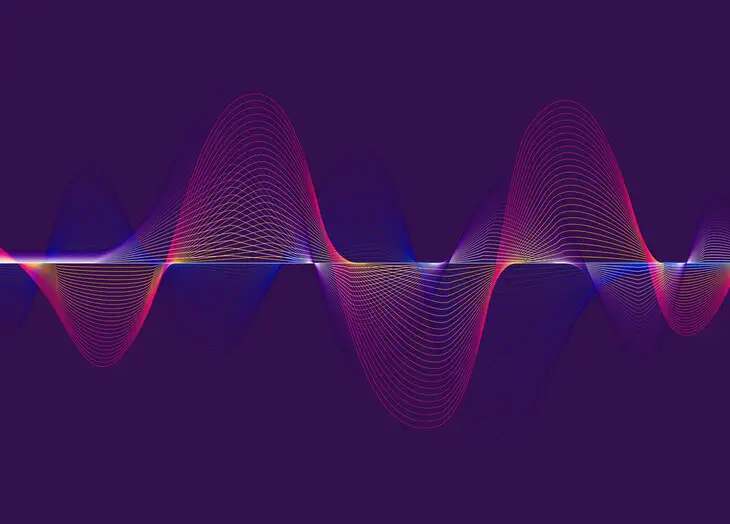Keeping infants safe and sound from any kind of harm is the priority for all parents throughout the world.
As video baby monitors are getting popular with each passing day, it’s crucial to know if they’re actually safe for your baby and whether they emit any harmful radio frequencies or not.
Well, a baby monitor does emit radio signals as they’re designed to function on a specific frequency.
Therefore, you should be highly cautious while setting the frequency and know when to stop using the baby monitor if your chosen device emits more harmful signals.
You can consider buying long-range baby monitors which won’t cause substantial damage as they can be placed far away from the baby.
Nonetheless, after going through this article, you should have proper knowledge about your baby monitors and the signals they’re emitting.
Components of Baby Monitor and how do they work?
Baby monitors are getting advancements since their first release of Zenith Nurse Baby Monitor in 1937. Presently, most baby monitors in the market have 1.9 GHz to 5 GHz frequency bands to transfer signals from the transmitter to the receiver.
If we talk about the essential components of a baby monitor, then it’s a two-part system, including a transmitter unit and a receiver unit.
- Transmitter Unit- This unit comes with a microphone and can have additional sensors and features. It’s responsible for collecting sounds from the baby unit and transmitting them to the receiver end.
- Receiver Unit- The caregiver keeps this unit, and it’s responsible for receiving the signals being transmitted by the transmitter unit. Through this unit, the parent can hear any sound the baby makes and act accordingly without keeping an eye all the time.
Modern baby monitors now come with a two-way communication channel, meaning that both baby and parent units can send or receive signals.
The advantage of these devices is that when the parent hears the crying, they can sing a lullaby to put their kids back to sleep.
There are also many models which can transmit video signals as well, and some have different colored bulbs, each specifically indicating your baby’s mood.
These baby monitors prove worthy when the parents live in a noisy place where they can’t hear their baby correctly.
What is Radio Frequency?
Radio Frequency is basically a measurement that denotes the number of oscillations of the electromagnetic radiation spectrum, or electromagnetic radio waves, with frequency starting from 300 GHz to 9 kHz.
You can find these frequencies in every communication device, including computers, televisions, and mobile phones, transmitting signals from one end and being received at the other.
Amplitude and Frequency Modulators are responsible for converting waves to human-understandable forms such as audio, video, etc. In the case of baby monitors, they can transmit on a fixed radio frequency of about 49.300, 49.830, 49.845, 49.860, 49.875, or 49.890 MHz.
Are Radio Frequency Baby Monitors safe?
In 2011, The International Agency for Research on Cancer (IARC), a component of the World Health Organization (WHO), narrated that any type of radiofrequency could be a cancer threat.
Baby monitors these days utilize DECT or FHSS technology, operating on frequencies ranges of 1.89 GHz to 2.4 GHz.
However, the amount of radiation created when the baby monitor is transmitting information isn’t substantial, which is it’s not quite big of a threat. But still, you should fix the monitor at some distance to prevent any possible harm.
How do Baby Monitors transmit signals?
These days, baby monitors are typically using the wireless system in which there are three categories; FHSS, DECT, and Wi-Fi.
- FHSS– FHSS (Frequency-hopping Spread Spectrum) is basically a technique of transmitting radio signals by quickly changing the carrier frequency during radio transmission, which minimizes interference and interception. However, they aren’t that safe, and intruders can conveniently hack them.
- DECT– DECT (Digital Enhanced Cordless Telecommunications) is basically a radio technology for audio-related operations. This technology utilizes Time Division Multiple Access (TDMA) to transfer radio signals, resulting in more precise audio and visual signals. They aren’t that secure but don’t experience any interference.
- Wi-Fi– Wi-Fi is a part of the wireless network protocols, which is basically a radio signal sent from a wireless router to an in-range device, translating the signals into human-understandable data. They are far more reliable than the FHSS and DECT and come with the most robust security features.
Baby Monitor types based on Frequencies
Most of the baby monitors in the market work within frequencies ranging from 49.3 MHz – 49.8 MHz. However, baby monitors can be divided into 4 types based on their technology to transmit and receive signals.
- AM Baby Monitors
Amplitude Modulation (AM) is the method of modulating the amplitude of the carrier wave while the frequency remains constant.
The transmitters inside the AM baby monitors tend to encode signals within the amplitudes of electromagnetic waves, whereas the receivers are responsible for decoding the signals.
AM signals can travel farther distances, and their signal strength won’t be affected by physical barriers such as walls, doors, windows, etc.
Also, AM baby monitors are cheaper than the FM ones, thanks to the low cost of their demodulation units.
However, on the downside, any external party can scan and listen to all the conversations going through AM baby monitor units due to their reduced reading range. Additionally, these monitors tend to experience more signal interference than the FM ones.
- FM Baby Monitors
Frequency Modulation (FM) basically encodes the information in a carrier wave by varying the wave’s instantaneous frequency. Baby monitors that utilize FM modulation don’t produce a lot of noise and offer minimal signal interference.
Unlike AM that passes all the signals, an FM receiver will ignore the weaker ones and let the strongest signals pass. Therefore, even if two neighbors use the same FM baby monitors, their signals won’t mix up.
Thanks to their higher bandwidth, they can also allow for real-time video transmissions. However, FM signals tend to go weak with more distance, and these signals can be significantly affected by barriers such as walls, doors, etc.
- Digital and Analog Baby Monitors
Digital baby monitors are far more popular than analog ones due to the high security they provide.
We aren’t saying that you can’t hack a digital baby monitor, but it will require costly resources and more time to hack this kind of receiver compared to the analog one.
Digital baby monitors are primarily compatible with innovative internet-based technologies.
This kind of baby monitor comes pretty handy if you’re going out while letting the baby stay at home.
Additionally, there would be much less noise interference, resulting in higher audio and video quality than analog baby monitors.
The only drawback of these digital monitors is that they come at a pretty high price compared to analog baby monitors, almost two to three times more.
Also, the digital ones need a strong internet connection to operate accurately and without any disturbance.
- Motorola Baby Monitor Frequency
The Motorola Baby Monitors uses the Frequency-Hopping Spread Spectrum (FHSS) to encrypt visual and audio signals on a specific 2.4GHz frequency band. It’s less likely to get hacked, thus ensuring the safety of your child and your home.
- Vtech Baby Monitor Frequency
Vtech baby monitors utilize three radio frequency bands including:
1.9GHz Radio Frequency Band- Vtech baby monitors using DECT technology run in the 1.9 GHz frequency band. One of the highly-recommended Vtech baby monitors under this frequency band is the Vtech DM221 DECT Video Baby Monitor.
2.4GHz Radio Frequency Band- Most Vtech baby monitors are now utilizing a 2.4 GHz frequency band, using Frequency-Hopping Spread Spectrum (FHSS), but without Wi-Fi technology. The best Vtech model in this frequency band is the Vtech VM321 Video Baby Monitor. On the other hand, the best model in this category that needs Wi-Fi technology to operate is the Vtech VM981 Baby Monitor.
5.0GHz Radio Frequency Band- 5.0 GHz radio frequency band is yet another band other than the 2.4GHz, used by Wi-Fi-enabled Vtech models. The most famous one in this category is the Vtech RM5752 Wi-Fi Remote Access Video Baby Monitor.
Can Baby Monitors pick up other Frequencies?
Yes, baby monitors with Amplitude Modulation (AM) tend to get more signal interference, meaning that they will most likely pick any nearby frequency. You’ll notice some static, irritating noises if two signals interfere with each other.
However, if you buy a baby monitor with a 1.9 GHz frequency band, there won’t be any signal interference. But remember that this frequency can only be utilized for voice-only procedures.
How to change Frequency on Baby Monitor?
You can follow this simple procedure to set or change the channel frequency on your baby monitor:
- Track down the channel selectors on the bottom of the transmitter.
- Track down the channel selectors on the bottom of the receiver.
- Make sure that you match the color combinations for both the channel selectors of transmitter and receiver.
Conclusion
A baby monitor is quite a handy device to keep an eye on your infant even when you’ve got chores to do around the house. However, you must choose the model with the right technology that emits secure and safe signals.
Most radio frequencies can be harmful to your children if exposed for too long, but you can minimize the damage by keeping the monitors at a distance. But still, ensure that you have adequately tested the baby monitor you’re going to buy to know that it will be safe for your loved ones.










